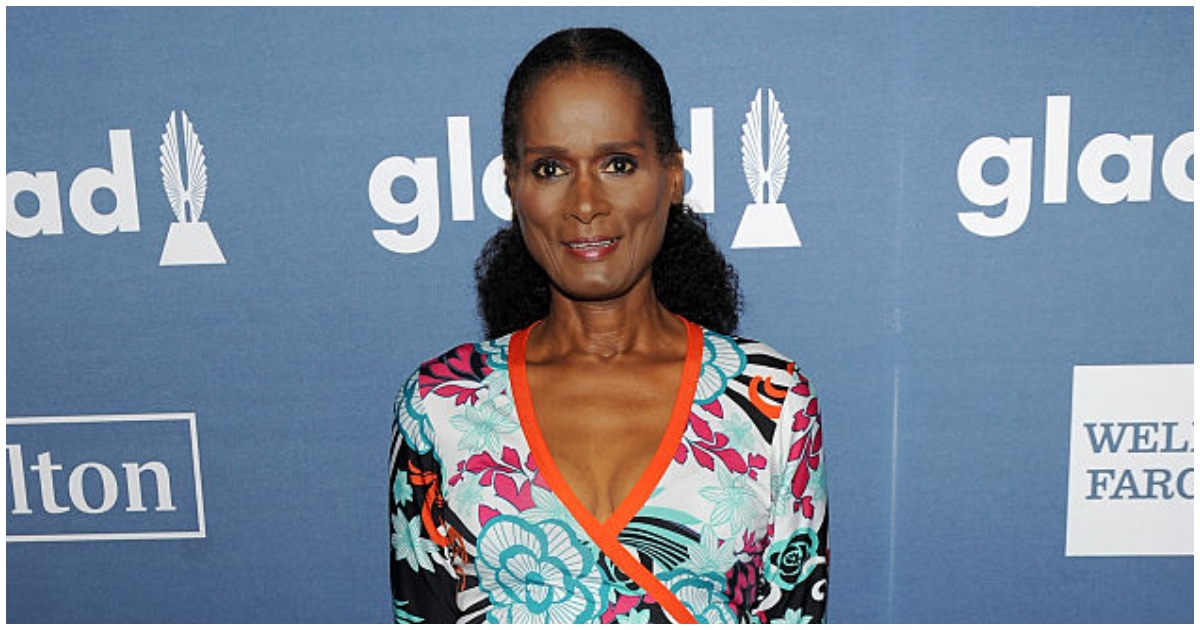Pioneering Black Trans Model Tracey Norman’s Lasting Impact
Tracey “Africa” Norman, at 71, continues to inspire as a trailblazer in the modeling world. As the first Black trans model, Norman’s career spans nearly five decades. Her soft, striking features made her a natural fit for beauty campaigns in the 1970s and 1980s.
Norman’s journey began in Newark, New Jersey, during a time when Black models were gaining influence. Her big break came with a two-day shoot for Vogue Italia, photographed by the legendary Irving Penn. Soon after, she became the face of Clairol’s Born Beautiful hair dye, gracing drugstore shelves nationwide.
The Challenges of Being a Trans Model in the 1980s
Despite her success, Norman faced significant challenges due to her trans identity. Jobs would often disappear without explanation when her trans status was discovered. As the 1980s drew to a close, modeling opportunities became scarce for Norman.
Facing financial difficulties, Norman turned to the drag ball scene. A friend suggested she compete for the $1,000 grand prize in an elegant evening presentation. Although she didn’t win, this venture opened new doors for her.
From Runway to “Mother”: Norman’s Role in the House of Africa
Norman’s participation in the drag ball caught the attention of the House of Africa. They invited her to walk in high-glamour categories and eventually asked her to become their “Mother”. In drag culture, being a “Mother” is a prestigious role, signifying leadership and mentorship.
For Norman, motherhood wasn’t new. She recalls feeling maternal from a young age. However, being a “Mother” in the House of Africa was different. “I was treating them like they were my real kids,” Norman explains. She assigned categories and styled her “children” for performances.
Career Renaissance and Ongoing Challenges
A 2015 profile in New York Magazine reignited interest in Norman’s groundbreaking career. This led to new opportunities, including another campaign with Clairol and a three-year contract with The Muse agency. Despite these recent successes, Norman remains cautious.
“I’m a little more comfortable now because I get a check,” Norman shares. However, she adds, “Even as I’m here talking to you, I’m in survival mode.” Her concerns about housing security and caring for her pet highlight the ongoing challenges faced by many trans individuals, even those with successful careers.
Norman’s Legacy and Continued Influence
Today, Norman’s impact on the fashion industry and LGBTQ+ community is undeniable. Her perseverance in the face of discrimination paved the way for greater trans visibility in modeling. Norman’s story serves as both inspiration and a reminder of the progress still needed in the industry.
As she reflects on her career at 71, Norman’s resilience shines through. Her journey from pioneering model to respected “Mother” in the drag scene exemplifies the multifaceted nature of her influence. Norman’s legacy continues to shape conversations about representation and inclusion in fashion and beyond.





